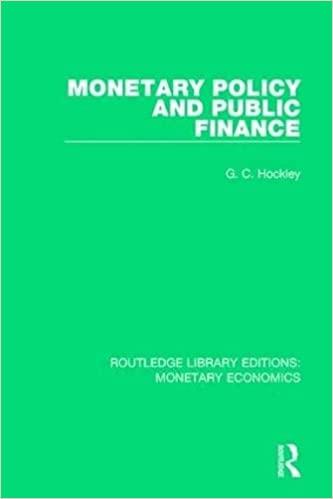Question
Rent or Buy The Situation You have just completed your degree and started your new job. You find a comfortable twobedroom condominium for $4,000 per
Rent or Buy The Situation You have just completed your degree and started your new job. You find a comfortable twobedroom condominium for $4,000 per month, which includes parking. Over the summer, an almost identical unit becomes available for sale with an asking price of $600,000. You like the condominium that you are renting, but realize that it would be inadequate for your longterm needs. Ideally, you would like to move to a house in five or 10 years. You realize that you are presented with an opportunity to apply some of the analytical tools that you have acquired in this class. Some friends from school have suggested that "you are just throwing your money away on rent." Others have said that its better to keep things as cheap and flexible as possible until you are ready to buy a house. You recognize that there may be some truth to those comments, but prefer to analyze the buyversusrent decision quantitatively. You realize that this is a tough decision, but fortunately you have received the right training. You need to act quickly because the condominiums in the building usually sell quickly. The Details If you buy the new condominium, you incur monthly condo fees of $1,055 per month, plus property taxes of $3,600 per year. You are also responsible for repairs and general maintenance, which you estimate will average $600 per year. Buying the condo will require a cash down payment of 20% of the purchase price. There are also transaction costs of 3% of the purchase price. Other closing fees should be approximately $2,000. When you sell the Condo, you will incur realtor fees of 5% if you negotiate carefully. You will also have $2,000 in closing costs at that time. Local lenders have quoted mortgage rates of 4.00% APR for the financing of the remaining purchase price. The best rates have an amortization rate over 25 years with monthly payments. The money needed for the down payment and closing costs is currently invested and is earning 4.00%. The Analysis To complete the financial analysis of the buyversusrent decision, your first task would be to determine the monthly cash flows, including the required monthly mortgage payments. Next, you want to determine the opportunity cost of using the lumpsum required funds for the condominium purchase rather than leaving those funds invested and earning the effective monthly rate, assumed to be equivalent to the mortgage rate. This allows you to determine additional monthly payments required to buy the condominium compared to renting, including the opportunity cost. You naturally want to consider what will happen when you sell the condo. You know that you will be likely to sell in five or 10 years. An important consideration will be to model the amount of the outstanding principal at various points in the future and compare this to the market value of the property at that time. A friend who is knowledgably in the local real estate market has suggested that we can expect one of the following two outcomes: a) The condo price remains unchanged; b) The condo price increases annually by an annual rate of 2% per year over the next 10 years. The Assignment 1. Determine the required monthly payments for the mortgage. 2. Determine the "opportunity" costs, on a monthly basis, of using the required funds for closing (i.e., down payment plus all closing costs), rather than leaving those funds invested and earning the monthly effective rate determined earlier. 3. Determine the monthly additional payments required to buy versus rent (include the monthly opportunity costs determined earlier). 4. Determine the principal outstanding on the mortgage after: a. Five years b. Ten years 5. Determine the "net" future gain or loss after five and 10 years under two scenarios: the best case scenario and the worst case. Explicitly calculate (a) the sale price, (b) the net proceeds that are realized from the sale, as well as the (c) net gain having included all relevant costs calculated earlier and determine what the (d) net gain (or loss) is worth today. a. The condo price remains unchanged and sale occurs after five years. b. The condo price increases annually by an annual rate of 2% per year over the next ten years. 6. After including all financial factors, what is the monthly difference between owning and leasing? 7. After including all financial factors, what is the cost today of owning and leasing? 8. What decision do you make? Describe as many qualitative considerations that you can think of that could factor into your decision to rent or buy.
Step by Step Solution
There are 3 Steps involved in it
Step: 1

Get Instant Access to Expert-Tailored Solutions
See step-by-step solutions with expert insights and AI powered tools for academic success
Step: 2

Step: 3

Ace Your Homework with AI
Get the answers you need in no time with our AI-driven, step-by-step assistance
Get Started


